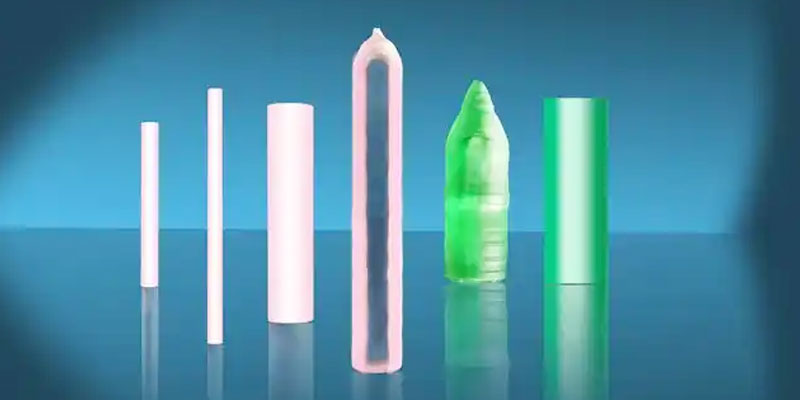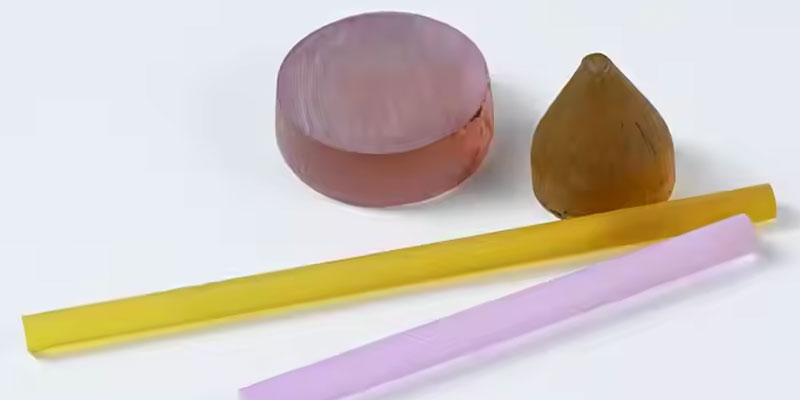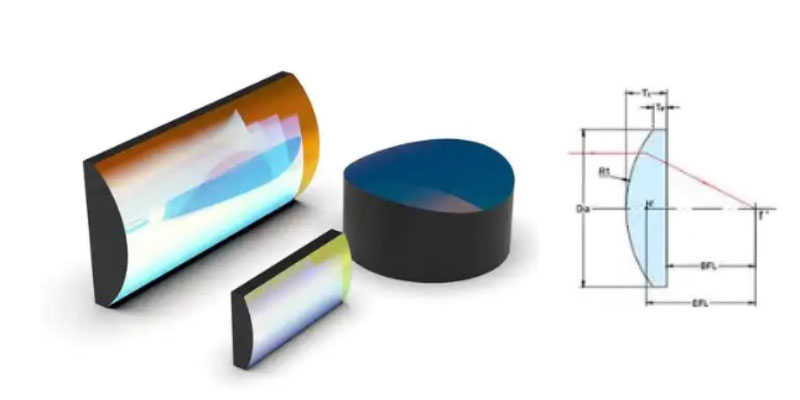
Crystal optical lens, an optical material that has unique properties, plays an essential function in contemporary science and technology. It can be used in a variety of applications and provides lots of benefits for the advancement of technology and science.
1.Application to the field of laser technology
Optical crystals lens play an essential role in the field of laser technology. They serve as the primary elements of lasers, including laser crystals and nonlinear optic crystals. Laser crystals can generate laser light and nonlinear optical crystals allow the control of laser frequency as well as other parameters. The use of optical crystals allows the use of lasers to perform a crucial part in the field of industrial processing, medicine as well as communication.

2.Application in Optical Communication
In the realm of optical communications optical crystals are also in an essential role to play. They are extensively used for optical amplifiers, optical moderators optical switches, and other important components in optical fiber communications systems. These components are able to perform the tasks of amplification, switching, and modulation of optical signals in order to ensure the stability and efficiency of transmission of optical communications systems.
3.Application in the field optical instruments

They also play an important place in the production and use of optic instruments. They are utilized to make different lenses, prisms, filters, and other optical components. They serve as a crucial component in cameras, microscopes, telescopes along with other optic instruments. The superior efficiency of these optical crystals allows the instruments to attain greater quality in imaging and more precise measurements.
4.Comparison of the advantages and disadvantages

The benefit of a cylindrical plano-concave lenses is that it solves the issue of astigmatism that affects eyes. However, the drawback is that it is able to only display single-dimensional lines, which means it’s limited to the wide-spread optical field. The benefit of spherical lenses is that they are able to create two-dimensional pictures and are extensively used, however their drawback is that they can’t fix the astigmatism in the eyes.
5.Future Development Trends
As the world continues to advance in technology and science the fields of application for optical crystals continue grow. On one side, due to the constant development of new technology for materials and optical crystals continue to appear which will open up new possibilities to the advancement of technology and science. However when it comes to the combination of optical technology with other technologies optical crystals are expected to be a major factor in many fields including quantum information biomedicine, quantum information, and so on.
In conclusion, as a crucial optic material, optical crystals have numerous application possibilities in the field of technology and science. As time goes on, and with the advancement and development in science and technology the applications for optical crystals continue grow and will contribute more to the growth of our society.
optlenses
Related posts
What is the group velocity dispersion?
Cylinder Lens:The Function and Application Areas
What is The Interferometers?
Dichroic Mirror: A Reliable Assistant in Gemstone Identification



